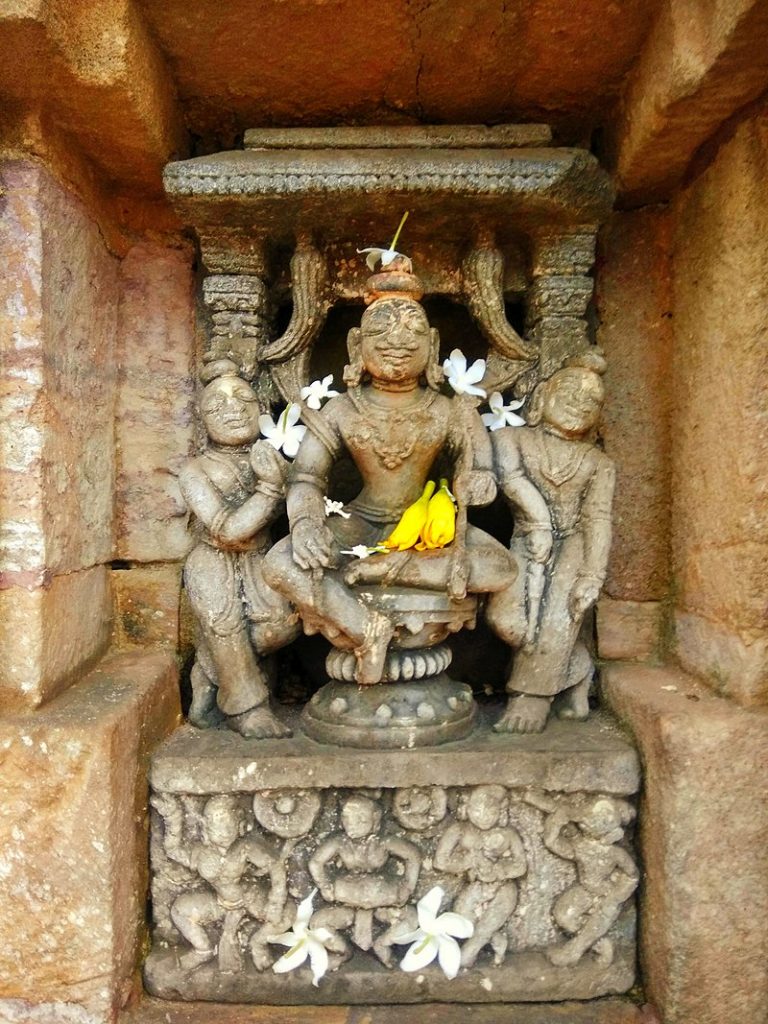In the early 15th century, coastal Odisha was ruled by Eastern Ganga king Bhanudeb-IV. During his reign, the region went through extreme political turmoil amid incessant aggression by powerful adversaries like the Bahmani, Jaunpur, Bengal, Malwa and Reddi kingdoms.
Odia territory was shrinking. At this crucial juncture, Kapilendra Deb dethroned Bhanudeb IV in 1435 AD, bringing in Suryavanshi Gajapati dynasty at the helm of power that marked the resurgence of Odisha once again.
Kapilendra Deb’s origin has always been a debatable topic. Puri Srimandir’s chronicle ‘Madala Panji’ states that ‘Kapila’ was the adopted son of Bhanudeb, who had picked him from near Vimala temple and raised him at the royal palace as a prince. Many scholars, however, dismiss the adoption narrative and opine that Kapilendra was a minister at Bhanudeb’s court. Supported by a few other ministers, Kapilendra Deb usurped the throne when the king was engaged in southern wars.
Following the coronation, Kapilendra Deb soon realised that he had a tough task ahead.
First, he emphasised on suppressing internal rebellions rather than focusing on external foes. Second, he deployed his powerful minister Gopinath Mohapatra to take on the sultan of Bengal and mobilised his troops to secure the northern and western frontiers of Odisha.
According to historian R Subrahmaniyam, Kapilendra was able to recapture the coastal land between Ganges and Visakhapatnam by 1443 AD.
After securing initial setbacks in the south, Kapilendra played his cards carefully to tackle Vijayanagara-supported Reddis of Rajahmundry. Following the death of powerful Vijaynagar ruler Devaraya-II in 1446 AD, Kapilendra’s son Hambira Deb stormed Rajahmundry and captured it in 1448 AD.
The Munnur inscriptions make it clear that by 1464, Odia forces annexed the eastern seaboard of Vijayanagara empire up to Kaveri by taking the advantage of weak emperor Malliakarjuna Raya.
“The Gajapati conquest of the south was not a mere raid,” Subrahmaniyam writes.
Exploiting the internal rebellions within Bahmani kingdom, Odia forces defeated the Islamic rulers in several battles in 1449 AD and 1458 AD. After defeating the Bahmanis at Devarakonda, Kapilendra assumed the title of Kalabargeswara (The lord of Gulbarga — the capital of Bahmani kingdom).
By 1464 AD, Kapilendra subdued all his neighbouring contemporaries and became the master of coastal land between the Ganges in north to Trichinopoly (modern-day Tiruchirappalli) in south.
In Veligalani plates of Kapilendra, he proudly held the title ‘Gajapati Gaudeswara Nabakoti Karnata Kalabargeswara’. Historians like RD Banerjee and Manmohan Chakravarti interpreted the above title as the lord of Bengal (Gauda), Karnataka, Gulbarga and of nine crore subjects while Subrahmaniyam comprehended the term ‘Nabakoti’ as ninety million grams (a small segment of land).
In summary, Gajapati Kapilendra Deb’s remarkable feats helped in securing Odisha’s legacy amidst the turbulent currents of medieval conquests.
By Patit Mandal, OP
